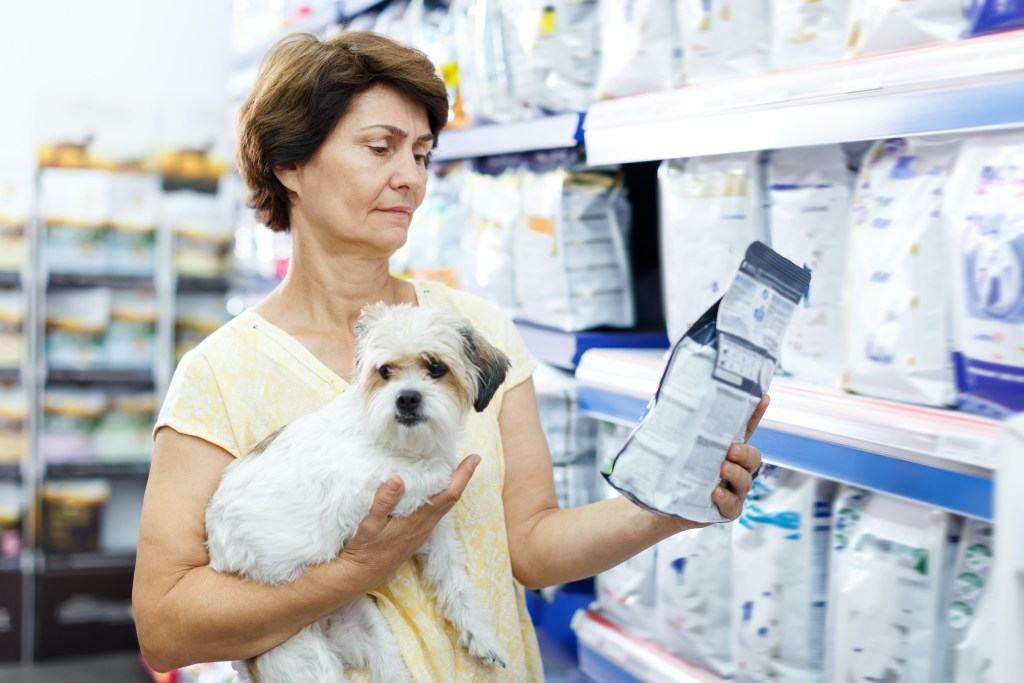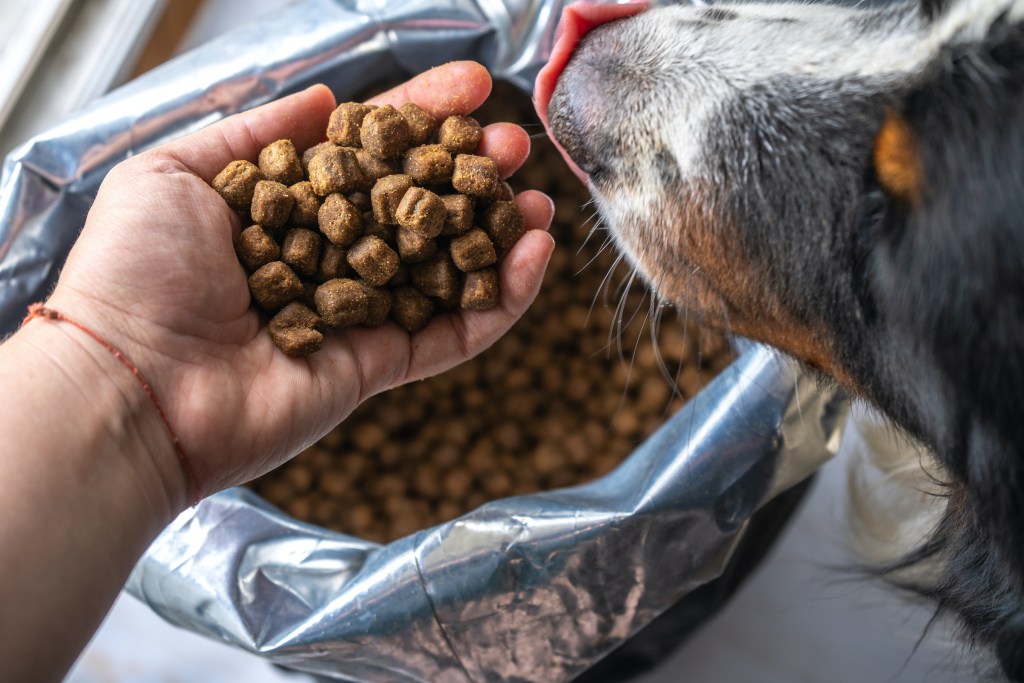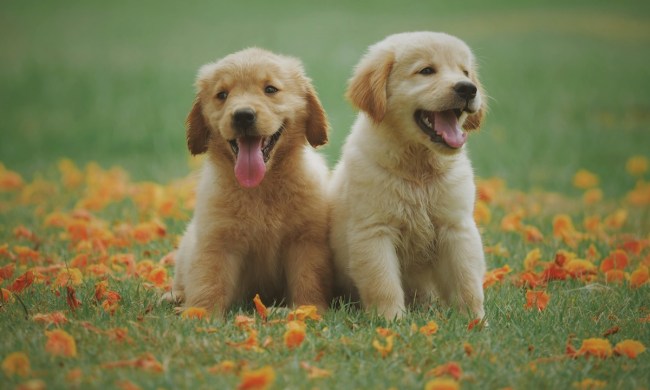It all began with toilet paper. One by one, and sometimes all at once, many of the globe’s favorite items and household essentials ran out of stock — including some of our fur baby’s favorite pet foods and toys. We all had to get a little creative, though it sometimes still feels like supply chain pet gear is hard to find. Is this an effect of product shortages?
Let’s dive in and find out whether the global shortages of 2021 and 2022 will continue to affect our beloved pets. Even when certain dog or cat gear is in short supply, there are always ways we can get creative with some DIY meals and homemade toys for our buddies.

Will supply chain shortages affect my dog’s food?
While the shelves aren’t always wiped clear of dog food options, they are priced higher than they were before the COVID-19 pandemic began.
In fact, CBS News reports that the average price of pet products has risen about 7% since last year. This is all thanks to a low supply and high demand for these times, though pet food has taken an especially big hit in both price and production.
Wet, or canned, foods are particularly hard to find. Jonathan Phares, supply chain professor at Iowa State University, told WIFR that a shortage in cat food meat is the worst of the issues right now. Still, many of your dog’s favorite meals might be missing from the shelf; there’s also a shortage of aluminum. Thankfully, Phares reports, online pet product retailers are replacing aluminum with alternative packaging to help fight the shortage.
“What we know in supply chains is that small changes have big impacts,” reminds Phares, “and they can be very hard to recover from because demand doesn’t decrease.” This is particularly true for feline food products since cats are still being adopted at a rate as high as the peak of the pandemic (via WIFR).
Why can’t I find my favorite dog food?
This is due to the basic economic concept of supply and demand. When demand for the product rises higher than the available supply, manufacturers and retailers can up the prices to make customers compete. You can see this phenomenon in action in more expensive markets such as real estate, though it can be harder to notice with smaller, less expensive items.
Here’s the catch, notes CBS — people are spending more than ever, making inflation ineffective at slowing down the rate of product movement. Especially as the pandemic starts to become less severe, product manufacturing can’t necessarily keep up with growing demand.
It’s also important to consider how the dog food industry has changed in recent years. The ASPCA reports that 1 in 5 households adopted at least one pet during the COVID-19 pandemic, and the vast majority of those pets are still in their loving homes. More pets in homes mean more of a demand for the products they need!

Are supply chain issues to blame for dog toy shortages?
Supply chain pet gear can sometimes be hard to find, but with so many different companies and toys available for sale, products found their way back to shelves rather quickly. Staffing shortages from the Great Resignation might make it take longer for a product to get from the factory to the store, but materials have not been the issue. Dogs are also more than happy to play with non-toy items such as tennis balls and even water bottles, so demand for toys is not quite as high.
Though the health of the world is slowly improving, the global economy has a long way to go. Pet product industries continue to fight material shortages and low staff numbers, but there’s no doubt that products are easier to find than earlier in the pandemic. As we continue to hope for improvement and a more stable market, we can turn to some fun DIY projects to keep our precious fur babies entertained and well-fed. We’ve got this!



